I used to work at a toy store, and ROOT was one of the most requested tabletop games. Whenever we received copies, they flew off the shelves in days. As far as I can remember, it’s also the only game where a customer asked if there was a way for us to teach them the game. Every time someone who didn’t seem familiar with the hobby purchased the game, I got a little nervous, with flashbacks of Mandy Patinkin’s bewildered reaction to trying to learn WINGSPAN lingering in my head. ROOT reaching the mainstream was definitely an achievement. Still, plenty of people were enamored with the cute exterior and unprepared for the game’s tall barrier to entry.
Cole Wehrle’s REDWALL-esque animal violence was far from the first asymmetrical game—hell, it wasn’t even Wehrle’s first stab at the style. Unlike VAST’s middling success, ROOT conquered the industry by taking the highly differentiated factions of COIN games, a niche within an already niche space, and expanding it beyond war gamers. Many intellectual offspring, such as CRESCENT MOON, have followed in its lucrative footsteps. An incredibly ambitious design for a first-time designer, MOON showcases the difficulties with radical asymmetry with an esoteric base game and entangled relationships.
The more complicated a game is, the harder it is to figure out what you are accomplishing—not how best to win, but how to succeed in the first place. ROOT is undoubtedly a bear to teach, but it benefits from having a digestible base game underneath the asymmetry. You are trying to score 30 points, with each faction trying to build buildings, craft items, and control the board through a dice-based combat system. Each player goes about these tasks differently, but they are all variations of these goals.
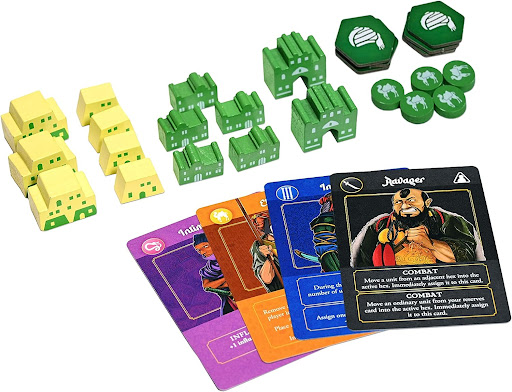
The game of CRESCENT MOON, stripped of all the asymmetry, is much more esoteric. Negotiation and bartering play a much more significant role. There is controlling, influencing, and having a presence in a region, all of which work differently. It’s hard to tell why you want to do any of them and what their advantages are; fights can break out over control or influence in a region, resolved under a far more complicated system than ROOT. Simply put, the core game alone can be a tough pill to swallow, even without the asymmetry!
One of the factions in ROOT is the Vagabond, who only have one figure traveling around the board. They have a relationship chart, which increases by giving aid to a player and decreases if they fight with them. It can even reach a point where the Vagabond forms an alliance, controls that faction’s warriors, or achieves a joint victory with them. He has a lot of freedom in his choices and is meant to serve as a check if one player gets out of hand. Out of all the factions in the base game, he’s probably the most newbie-unfriendly since he needs to understand how each opponent works and is performing and adjust his game plan and allegiances accordingly.
CRESCENT MOON is like if every faction were the Vagabond. The Nomads sell mercenaries, which is critical since two factions cannot produce their own troops, and the Sultan sells cards to the other players through a bartering system. The Murshid can intervene in combat and even decide ties occurring in spots they have influence in. Since each of these factions has a direct relationship with other players, they need to understand what the other players can do and vice versa. I’m normally reticent about a game with no way to interact with other players, yet I understand that they require more of a mental workload to figure out how everyone else is doing. This is further compounded by asymmetrical games making it harder to tell what everyone is doing.
The scoring of each sect is also wildly different, making it harder to understand how each player is doing at a given moment and, thus, who needs to be countered, which is especially critical in a game built on ebb and flow between the players. Suppose the Nomad, for example, sets prices too low or too high. In that case, they can severely and unintentionally affect everyone else and potentially throw the game. Sure, many area control games, including ROOT, can fall into the trap of prioritizing dogpiling on the weaker player or kingmaking. Still, MOON compounds these issues by making each player’s capabilities and end goals different and forcing you to know them.
A trick to making heavier games easier to approach is grounding them in a familiar theme. It’s why some enjoy Vital Lacerda’s KANBAN EV and VINHOS but find WEATHER MACHINE inscrutable despite them being roughly equally complex. The former is rooted in familiar industries that make you feel like you’re doing what the game attempts to emulate: car and wine manufacturing. On the other hand, WEATHER MACHINE is set in a fantastical sci-fi universe, resulting in a pile of mechanisms with no ties to reality. Things happen not because they make sense in real life but because the game needs them to happen. And sure, every game has aspects of this, but trying to minimize them makes the lesson a little easier.
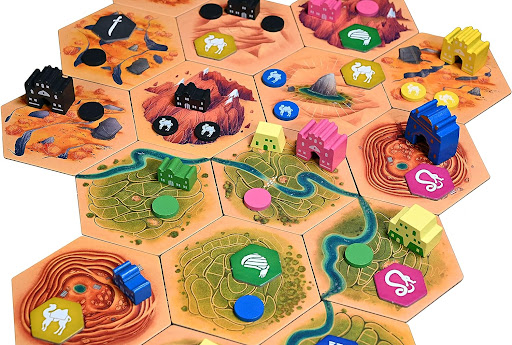
One of CRESCENT MOON’s peers in asymmetry is HEGEMONY. This ever-more immense, more grandiose game features just as much player interaction. However, the game’s backdrop of squabbling capitalists, the proletariat, the middle class, and the government helps make the levers and gears less opaque. While figuring out exactly how each of these factions works mechanically is still tricky, having a basic knowledge of political science and economics can help you determine what you and your opponents want and need to do. The rulebook for CRESCENT MOON outright states it is more of an abstraction than an approximation. HEGEMONY is undoubtedly an exception regarding how thematic it is, but that makes it easier to digest.
In the interest of fairness, I have only played CRESCENT MOON once. I’m confident I’d understand and enjoy the game more if I played it again, as with nearly any heavy game. However, if I were to play it again, I’d either have to play as the same group again or start from scratch while picking up another faction. Furthermore, if I was playing with newbies, I’d have to sit and wait for them to be taught the game and try to grok its intricacies and relationships out like I once did; I’d probably have a considerable advantage over them! Yes, CRESCENT MOON is a game that rewards additional plays to reveal its subtleties. Yet, it’s not worth jumping through the hoop of replaying and relearning it for me.
ROOT is not a flawless product, yet I wanted to try it again after my first play-through. I was glad when our game of CRESCENT MOON was over, and it highlighted the pitfalls of asymmetrical games. The combination of a base game that was hard to wrap my head around, an intertwined system that forced you to know the intricacies of each faction, and no theme to make its discordant mechanisms come together made it feel like work rather than fun, and asymmetrical games provide quite the barrier for repeated plays if not done with the same group. I foresee a group diving into the nooks and crannies of this game over a dozen plays and getting a lot out of it. While I acknowledge these layers exist, I see no reason to explore them myself.


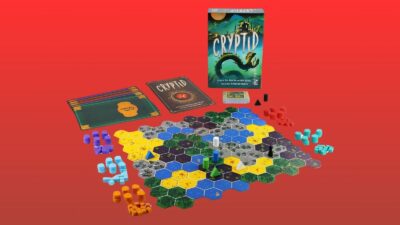
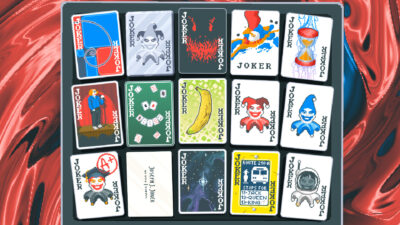
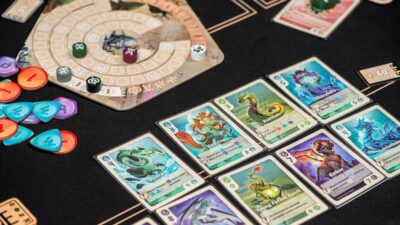
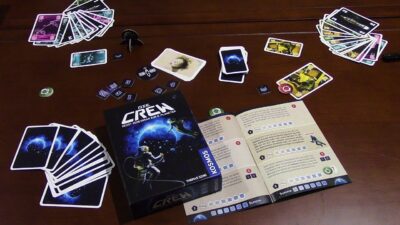
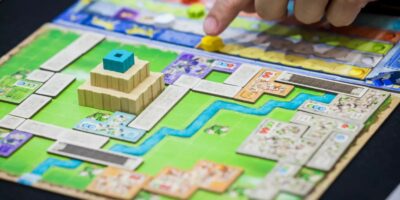
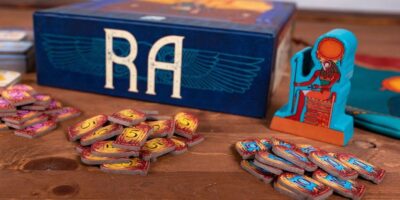

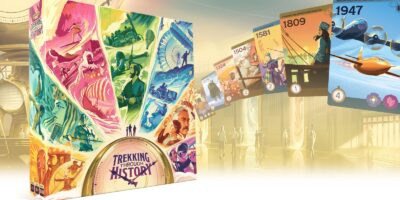






Comments